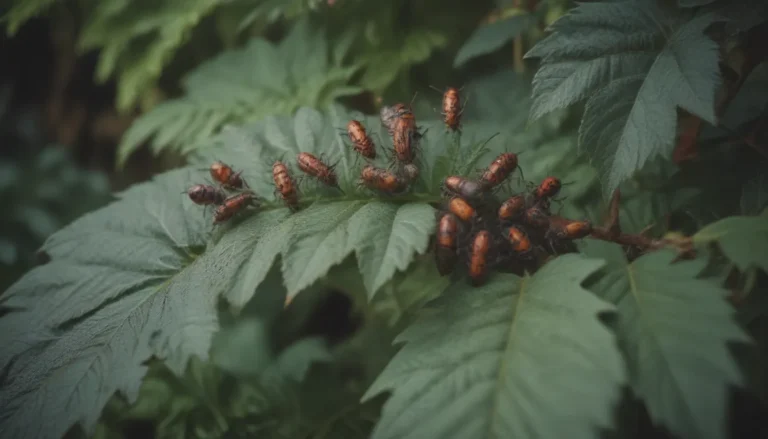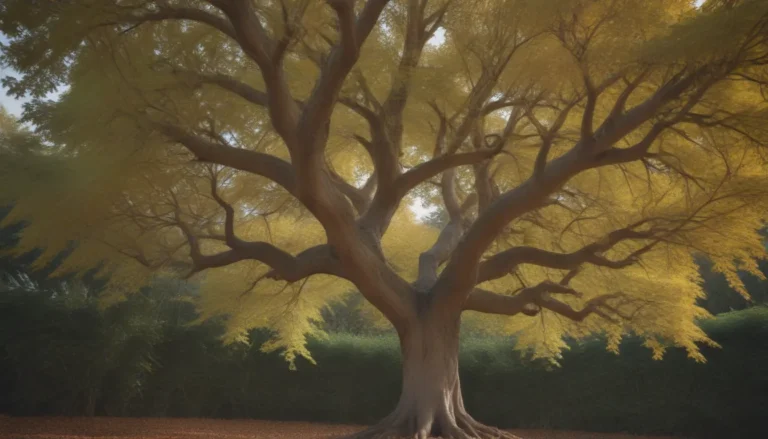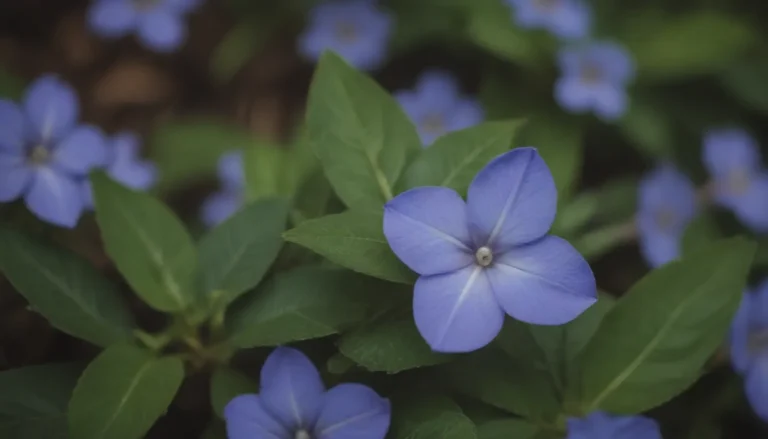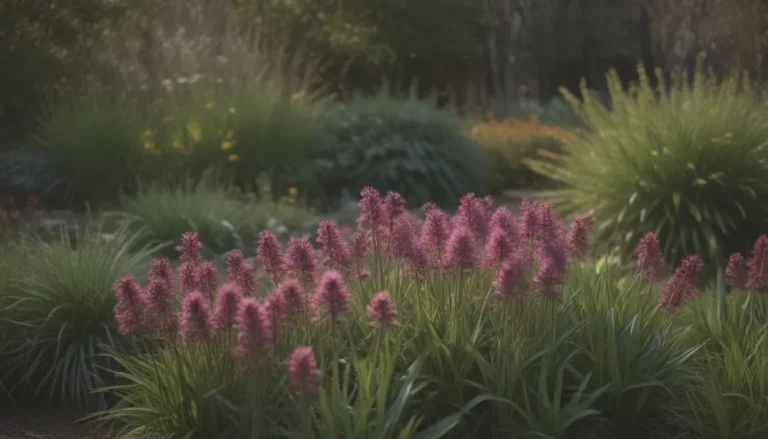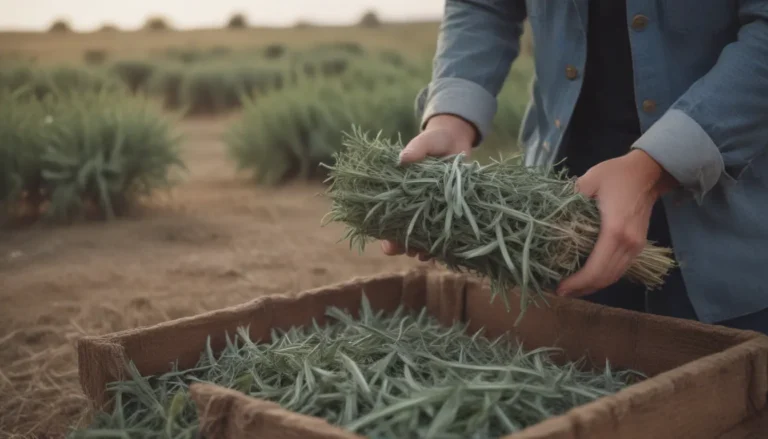Maximizing the Potential of Your Houseplants: An In-Depth Guide to Bottom Watering

When it comes to caring for our beloved houseplants, finding the perfect balance of water is key. We all know that too little water can lead to wilting and droopy leaves, while too much water can cause root rot and other issues. But have you ever considered the method in which you water your plants? Top watering may be the go-to method for many, but have you ever heard of bottom watering?
Bottom watering, also known as reverse watering, is a technique where water is added to the saucer underneath the pot or by placing the pot in a larger container of water. This method allows the water to be slowly absorbed by the potting medium through the drainage holes at the bottom of the pot. But what exactly are the benefits of bottom watering, and how can you incorporate this method into your plant care routine? Let’s dive in and explore the advantages of bottom watering your houseplants, as well as how to do it effectively.
The Benefits of Bottom Watering
Bottom watering offers several advantages when compared to traditional top watering methods. Here are some of the key benefits:
-
Improved Water Absorption: With bottom watering, water is better absorbed by the potting medium, especially when it is dry. This eliminates the risk of water running through the potting medium or spilling out of the pot, which can happen with top watering.
-
Even Moisture Distribution: Bottom watering ensures that the entire potting medium gets saturated, not just the top layer. This promotes stronger and deeper root growth as the roots can reach down towards the water source.
-
Controlled Watering: Unlike top watering, bottom watering allows for more controlled watering as you provide only the amount of water that the potting medium can absorb. This also helps in avoiding getting the plant leaves wet, which some plants may not tolerate well.
-
Prevention of Fungus Gnats: Bottom watering can help in discouraging fungus gnats from laying their eggs in the moist potting medium. By keeping the surface dry, you can prevent these pesky pests from infesting your plants.
Plants Suitable for Bottom Watering
Almost any plant can be bottom-watered as long as they are in pots with adequate drainage holes and a potting medium that absorbs water effectively. While bottom watering may take longer than top watering, it is a great option for maintaining the health of your plants. Here are some examples of plants that are ideal candidates for bottom watering:
- Spider plants
- Pothos
- African violets
- Peace lilies
- Succulents
Keep in mind that even plants suitable for bottom watering should be top-watered occasionally to flush out any built-up salts from fertilizers in the potting medium. Remember to discard any excess water that drains out of the bottom of the pot to prevent salt buildup.
How to Bottom Water Your Plants
While bottom watering can be a beneficial technique for your plants, it is essential to do it correctly to avoid overwatering. Here are some steps to effectively bottom water your houseplants:
-
Choose the Right Container: Select a container that is large enough to accommodate the pot without causing spillage. You can use a saucer or a bucket for bottom watering.
-
Add Water: Fill the container with water to a level where the base of the pot can come in contact with the water without submerging the entire pot.
-
Place the Pot: Gently place the pot in the container of water, ensuring that the drainage holes are submerged. Allow the pot to sit in the water for at least 15 minutes or until the potting medium is moistened.
-
Remove the Pot: Once the potting medium has absorbed an adequate amount of water, remove the pot from the container and allow any excess water to drain out.
-
Monitor Moisture Levels: Instead of sticking to a strict watering schedule, check the moisture level of the potting medium regularly and water your plants as needed. Different plants have varying water requirements, so adjust your watering frequency accordingly.
Bottom watering is a great way to ensure that your plants receive the right amount of water without the risk of overwatering. By incorporating this method into your plant care routine, you can promote healthy growth and prevent common issues associated with improper watering practices.
In conclusion, bottom watering can be a valuable technique for keeping your houseplants thriving. By understanding the benefits of bottom watering, choosing the right plants for this method, and following the proper steps for bottom watering, you can create an optimal environment for your plants to flourish. Next time you reach for your watering can, consider giving bottom watering a try and see the positive impact it can have on your beloved plant collection. Happy gardening!

